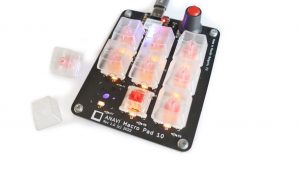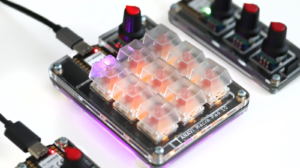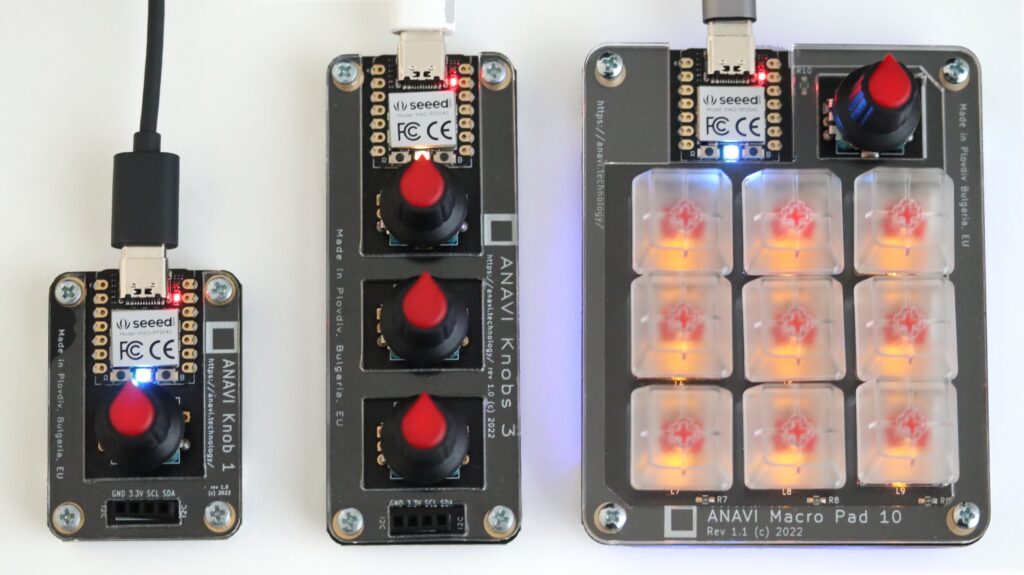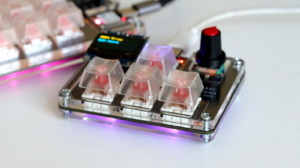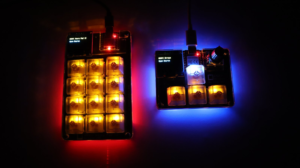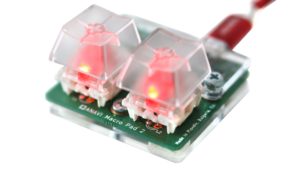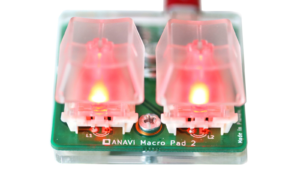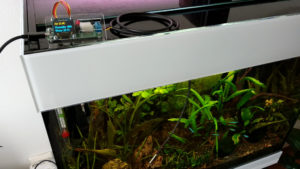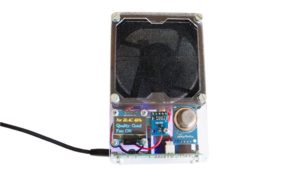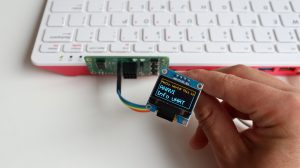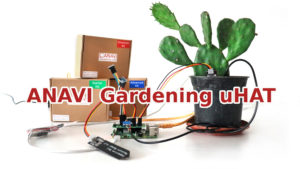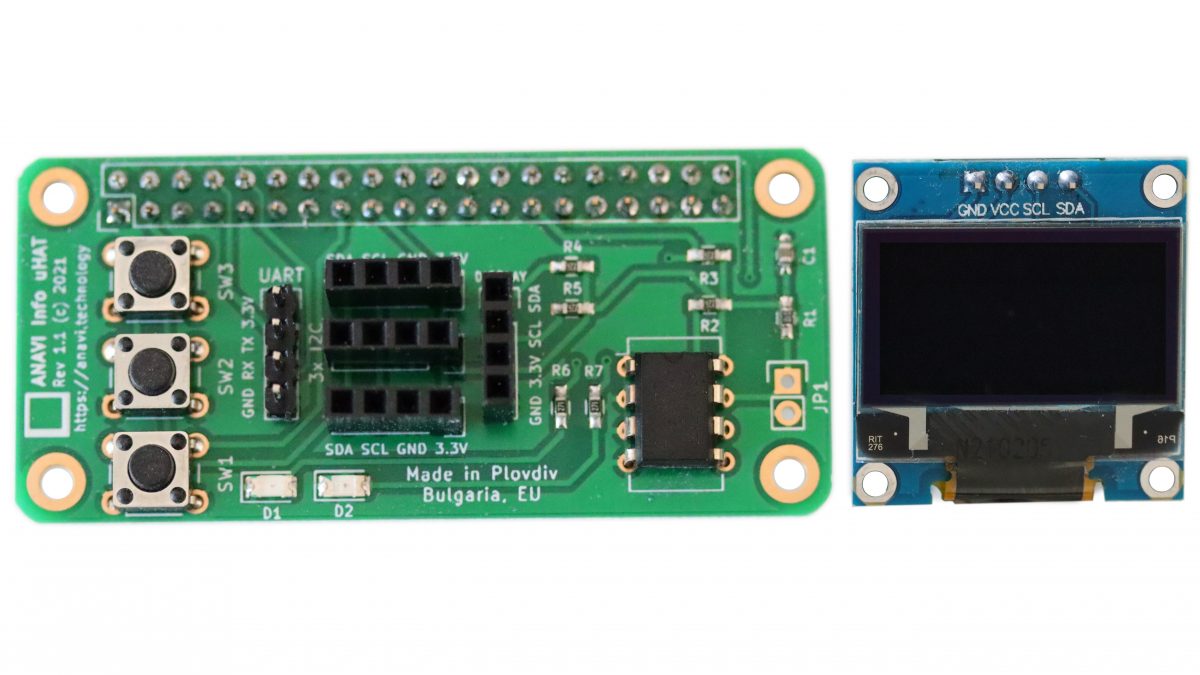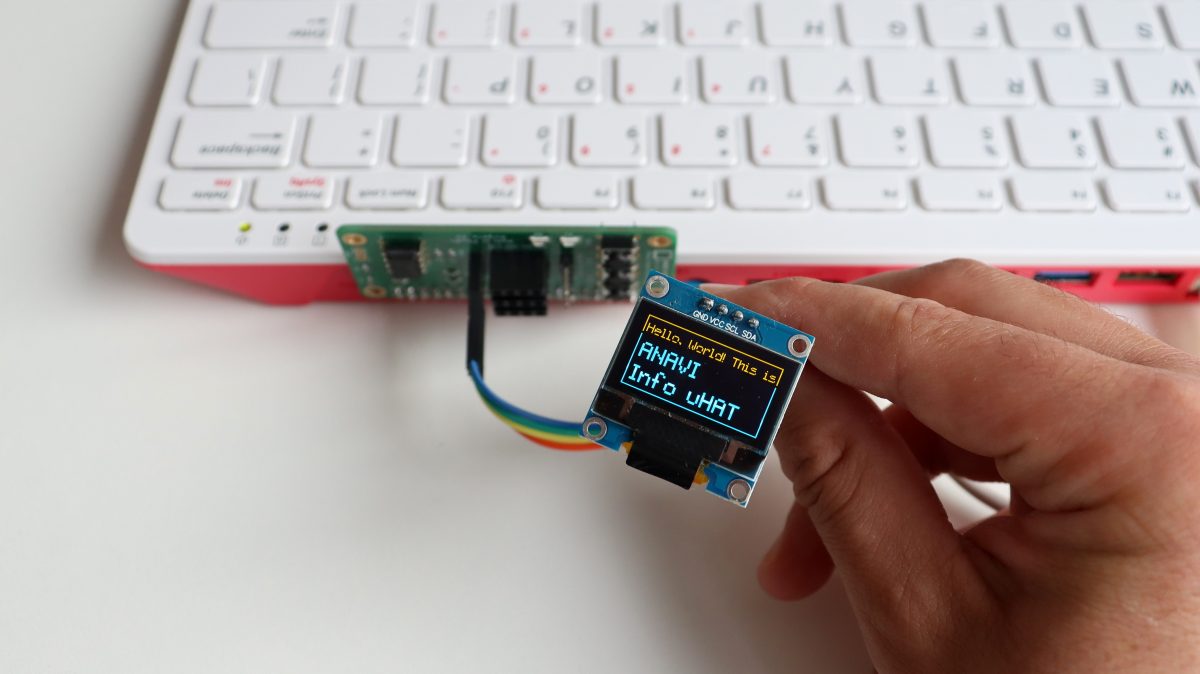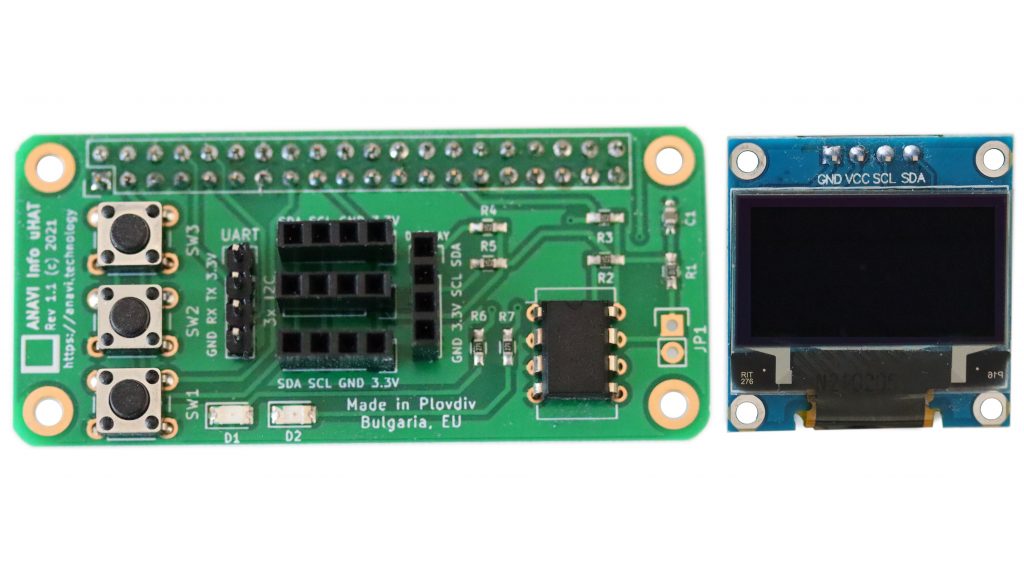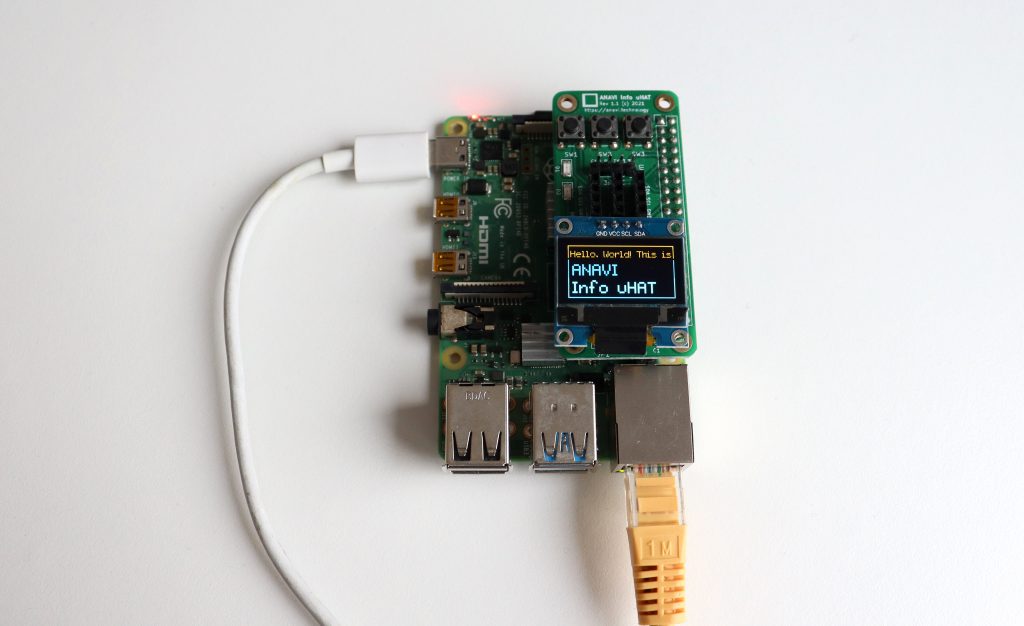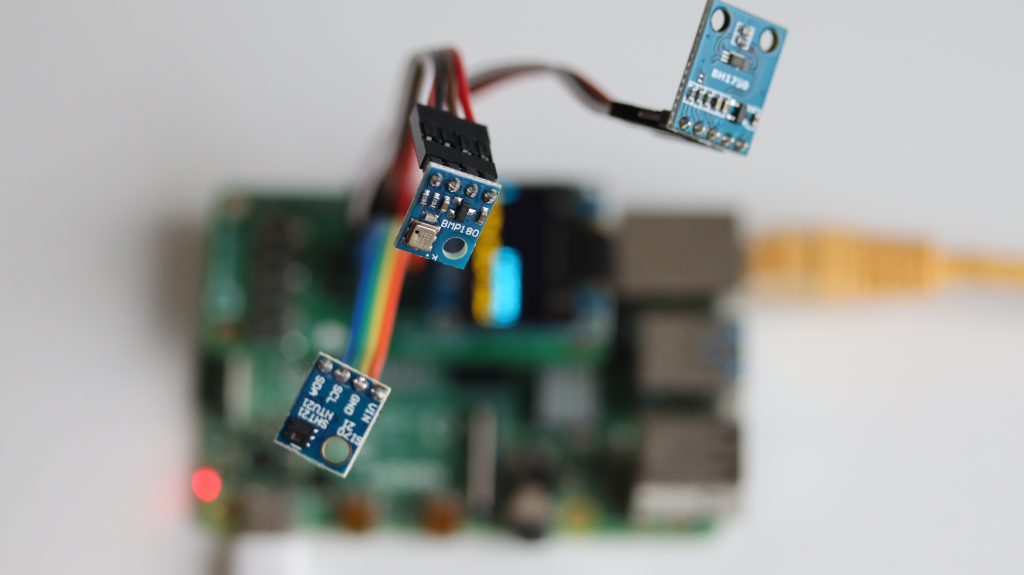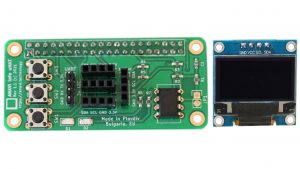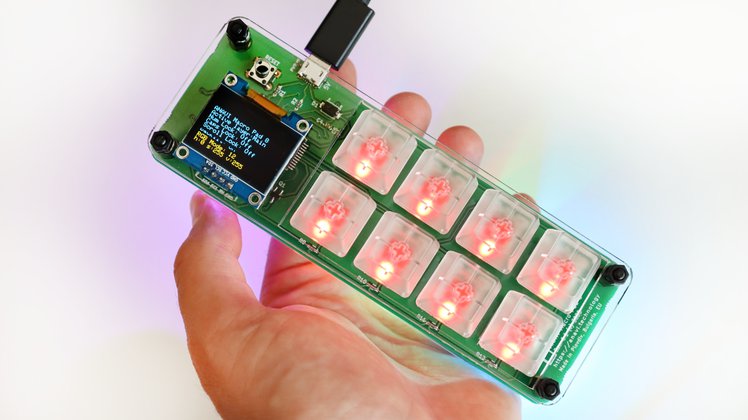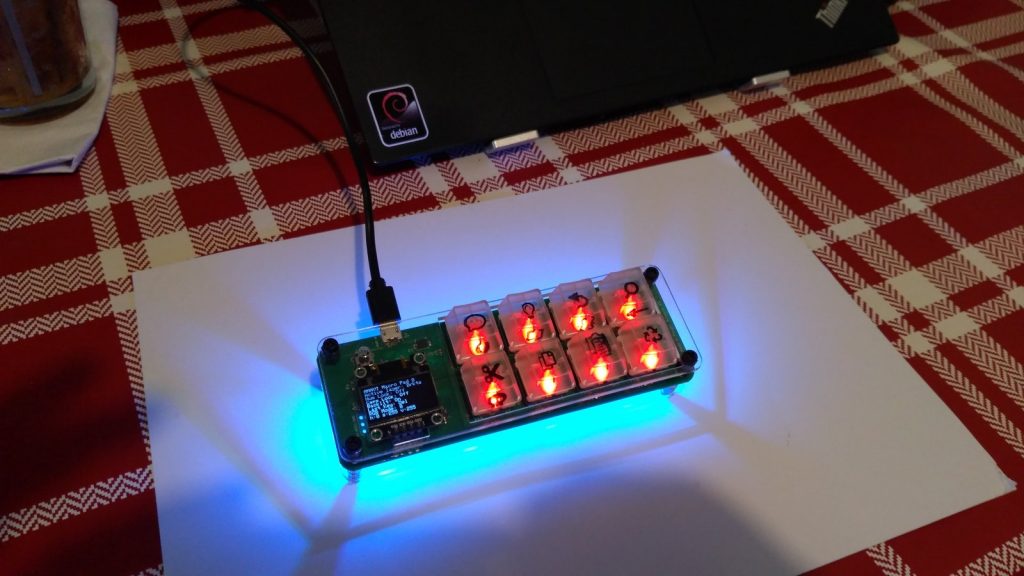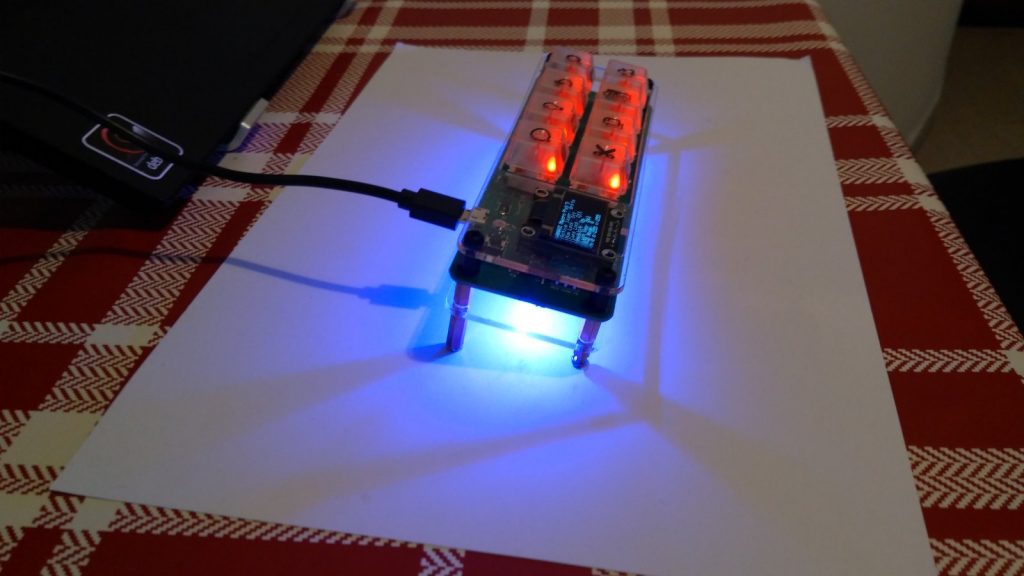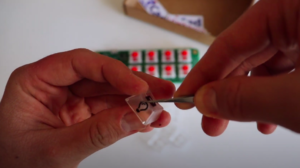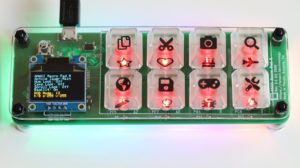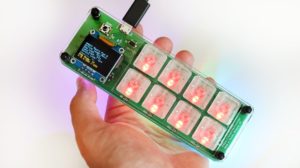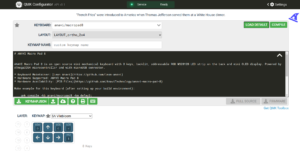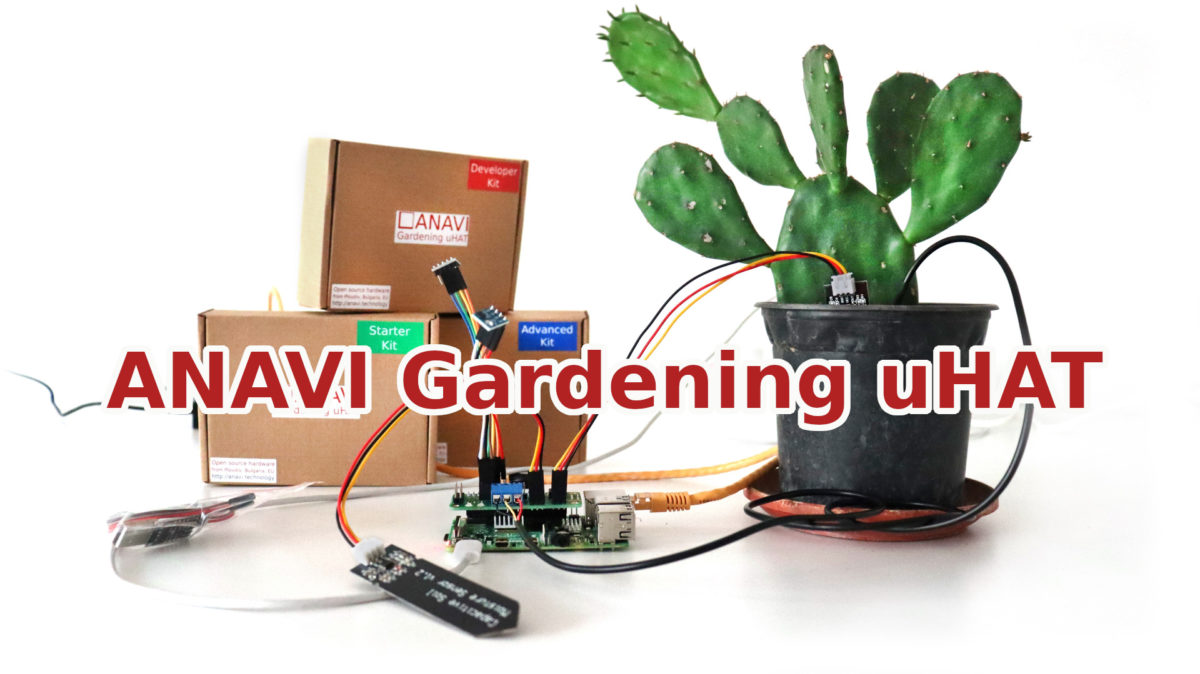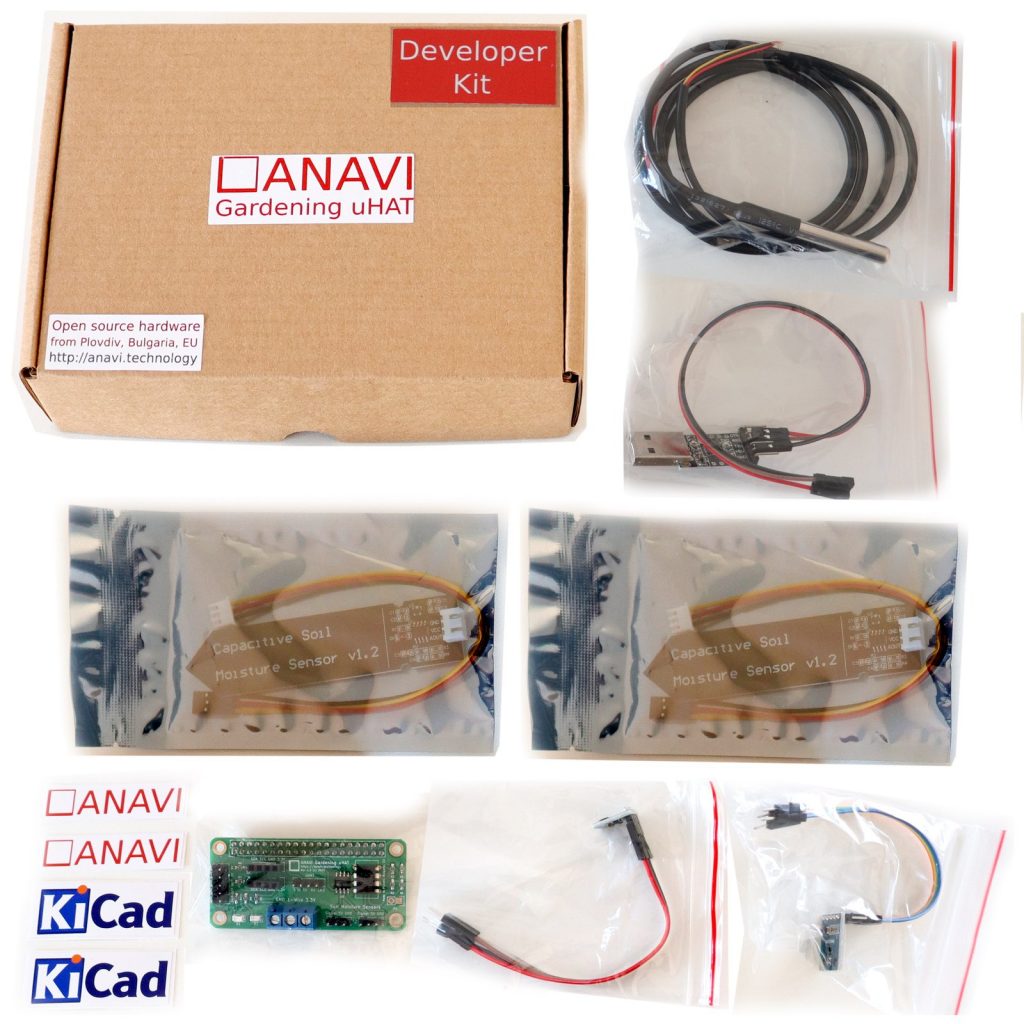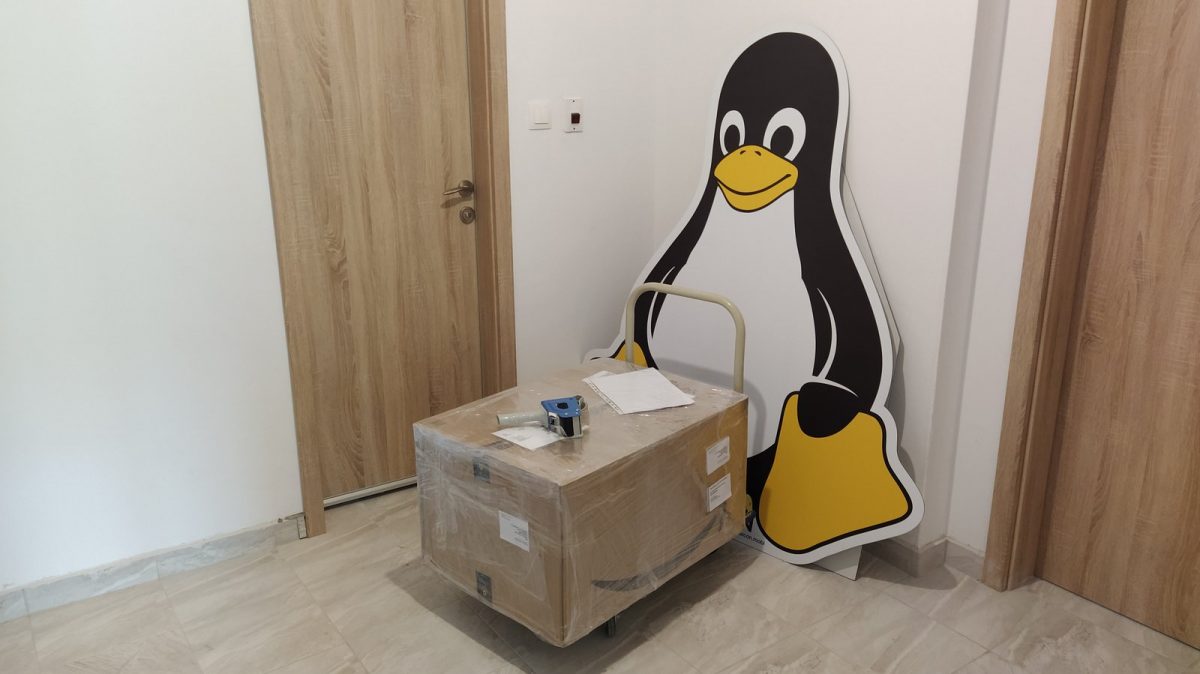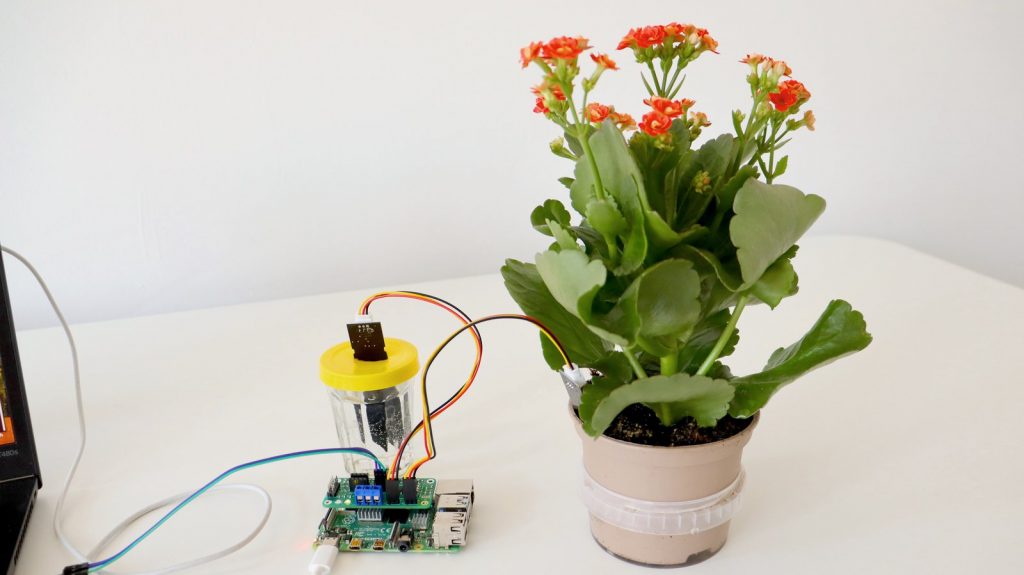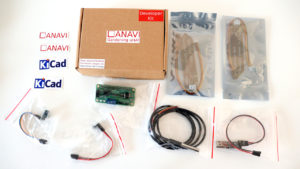One, two, three new products! After several months of development we are happy to present you 3 new open source hardware mini mechanical keyboards and knobs. The crowdfunding campaign started on Monday!

ANAVI Macro Pad 10, ANAVI Knobs 3 and ANAVI Knob 1 all come with gold-plated black printed circuit boards, Raspberry Pi RP2040 microcontrollers, USB-C connector and clickable rotary encoders. The popular open source KMK firmware allows you to easily program and configure custom keyboard layouts and macros using CircuitPython.

Once again we rely on Crowd Supply for the crowdfunding. The campaign has a very modest goal of just $1 and it has been already funded. Our plan is to make the keyboards in Plovdiv, Bulgaria, EU thanks to the trusted supply chain we have established throughout the years. We hope you will jump in and help us bring these entirely open source mechanical keyboards to life!


